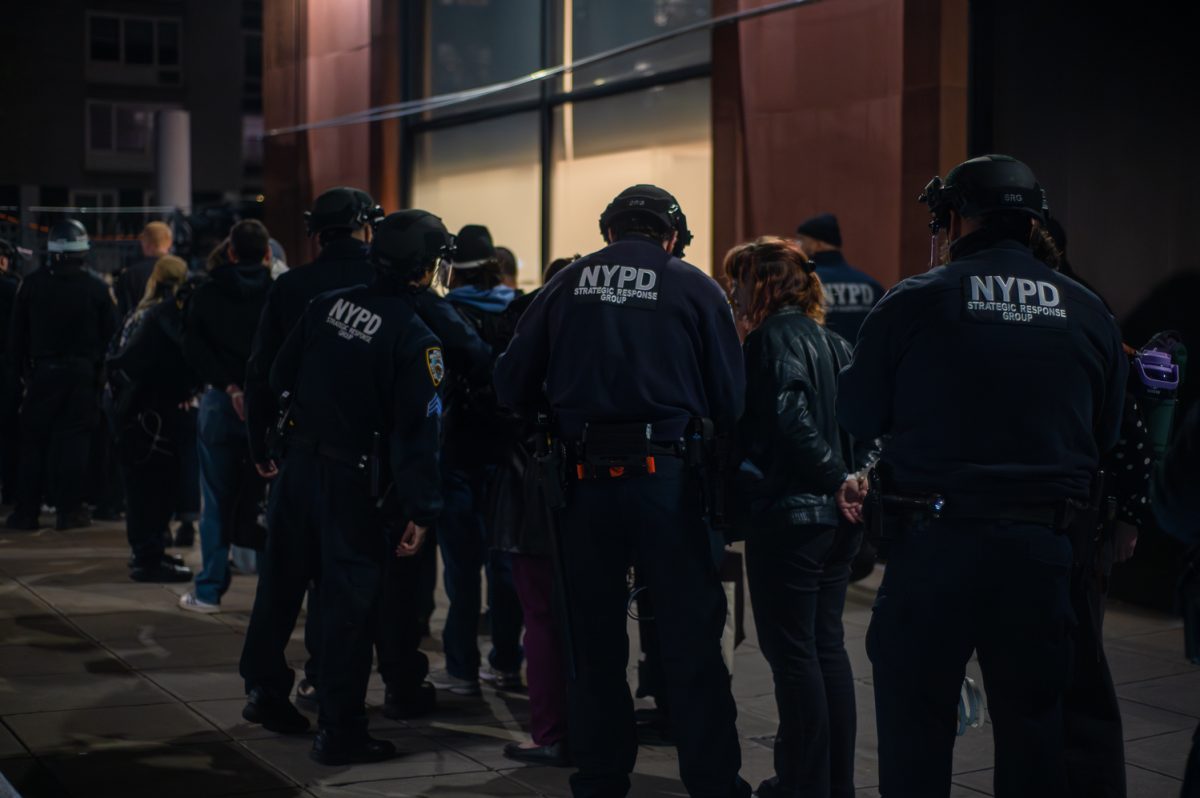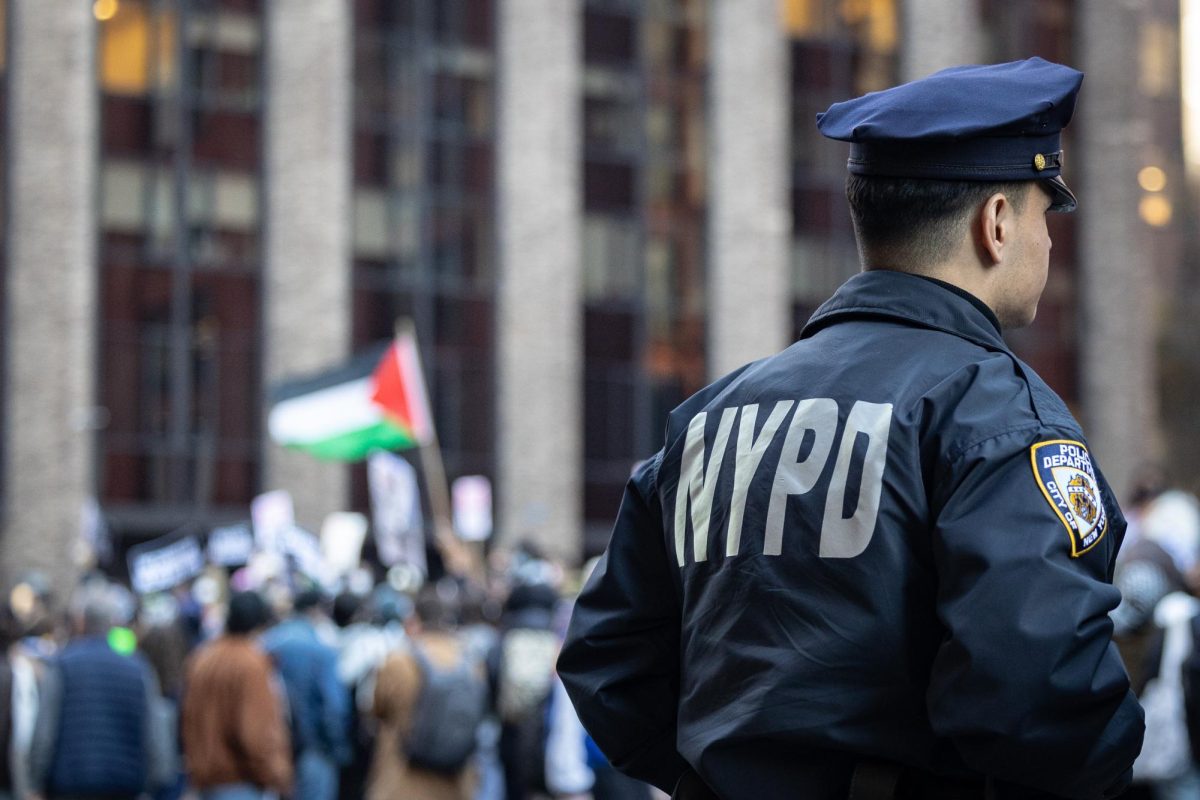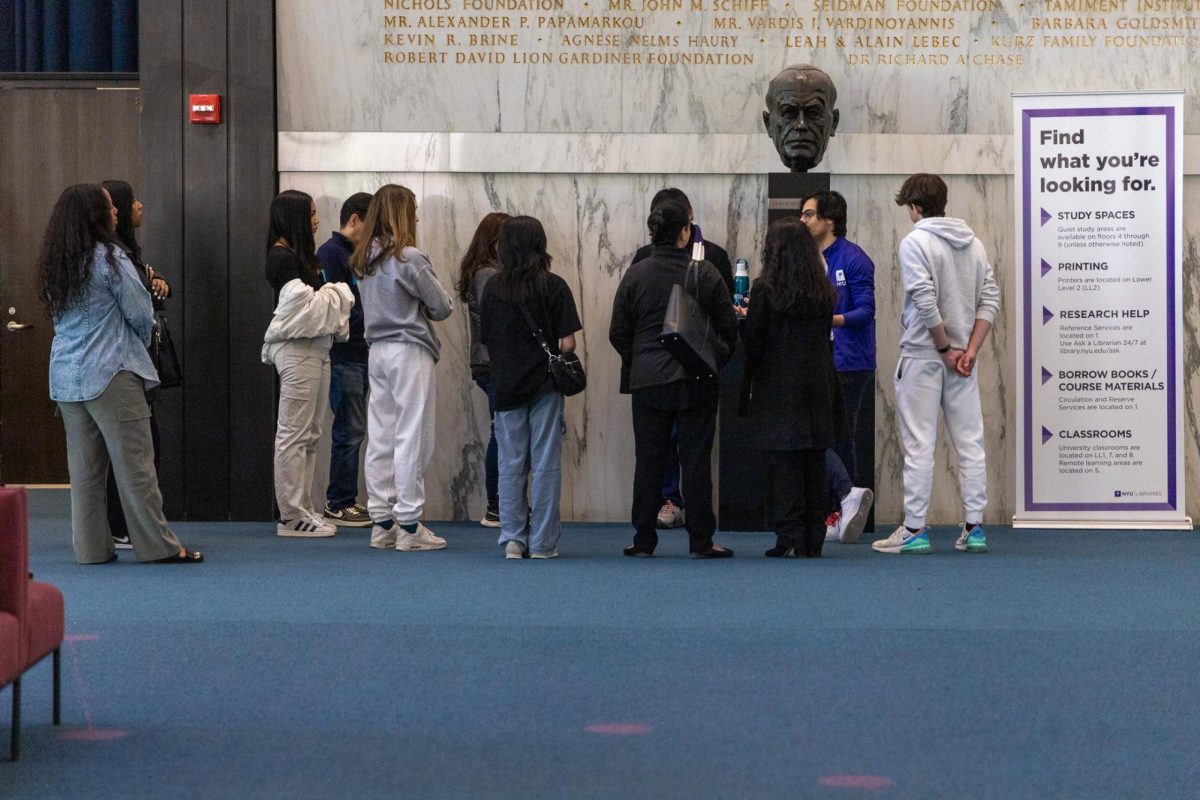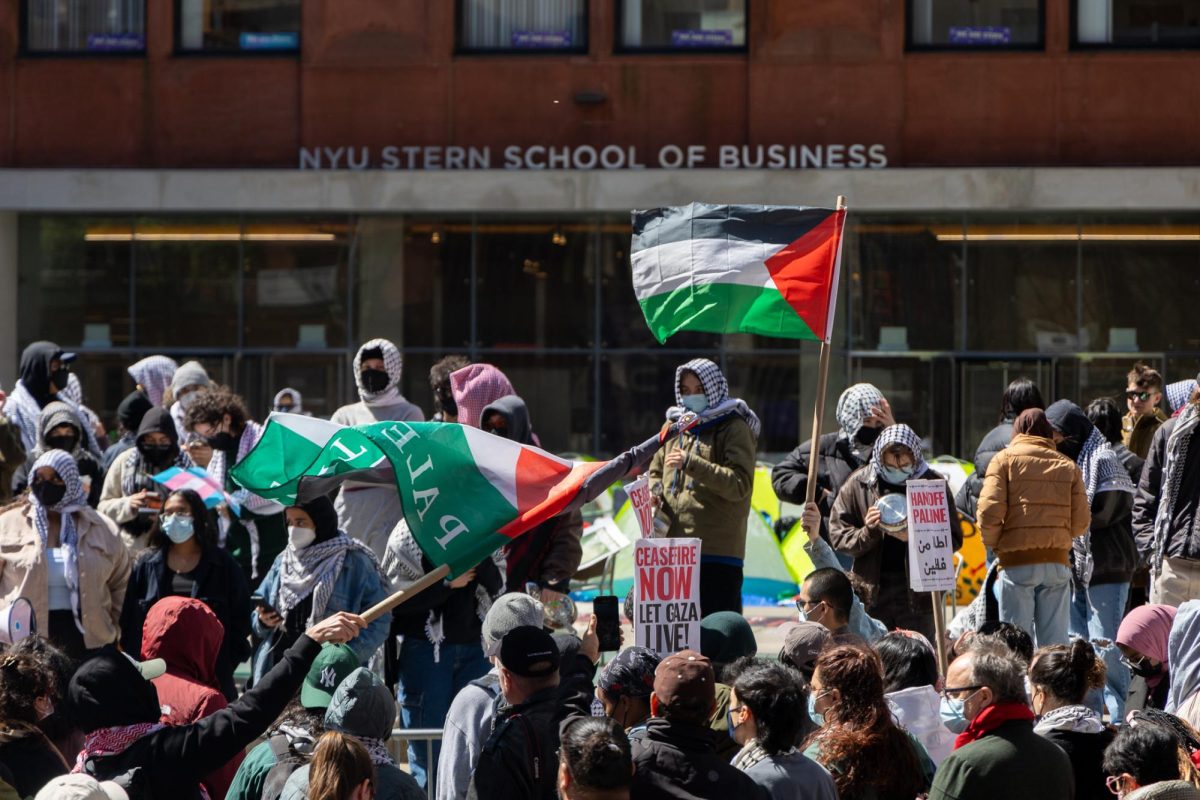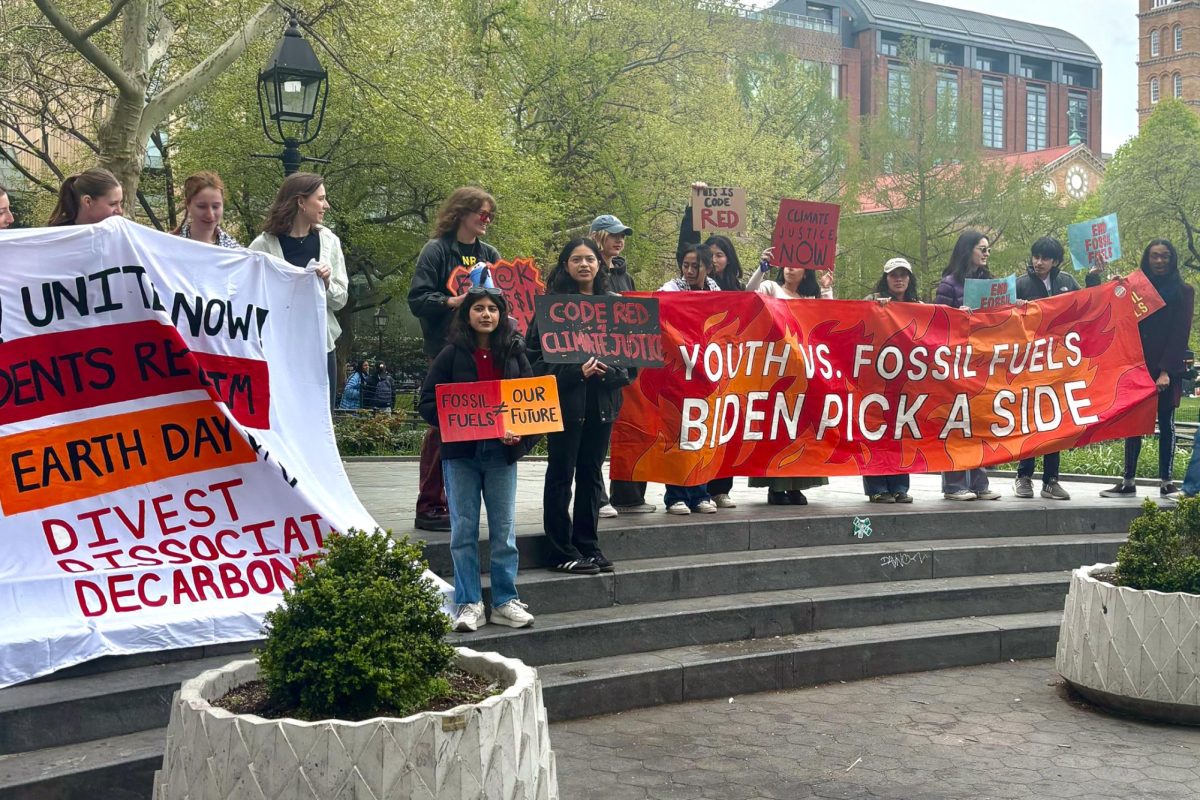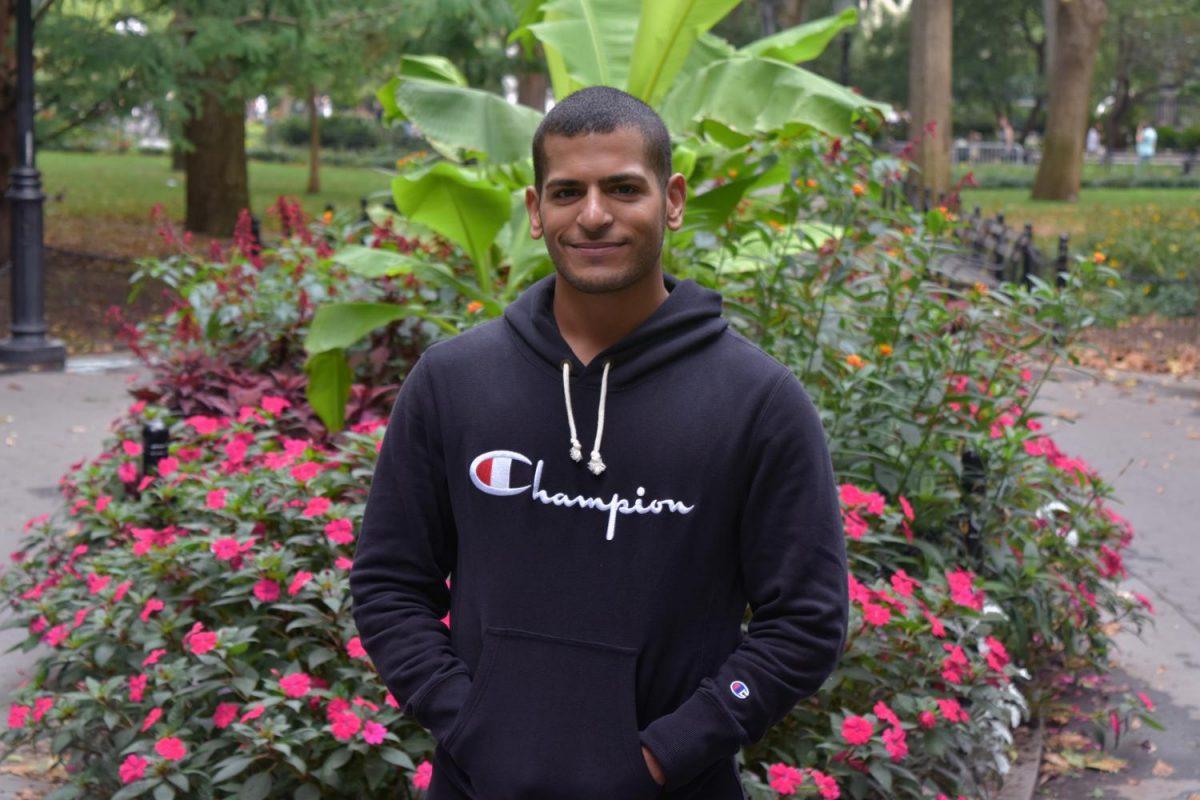Petey Greene: Education as Rehabilitation
The Petey Greene program offers educational programs to prisoners who have been deprived of it in correctional facilities. Brandon Crispin has been a volunteer tutor with the Petey Greene program for about a year.
October 2, 2017
Nearly every week last year, CAS sophomore Charlotte Kahan boarded a bus that took her to Rikers Island, the slab of land on the East River that’s home to 10 different jail facilities.
As a Petey Greene volunteer at the women’s Rose M. Singer Center, also known as Rosie’s, she once taught a girl to multiply nine times seven in her head with a trick. The student told Kahan something she would never forget.
“She said, ‘I can’t wait to call my mom and tell her about this,’” Kahan recalled.
The Petey Greene Program is a nonprofit organization that trains volunteers to provide meaningful tutoring, like Kahan’s, to students in correctional facilities. Its work spans seven northeastern states, where tutors work with city jails, state prisons, federal prisons and juvenile detention centers. Currently, 46 NYU students volunteer with the program.
“There’s a lot of setbacks that come with tutoring in a prison or jail,” Allan Broslawsky, the New York regional manager, said. “A successful volunteer is someone who’s committed to their students and doesn’t get frustrated by setbacks.”
As a regional manager, Broslawsky, who used to teach middle school English and social studies, recruits and prepares volunteers for their tutoring responsibilities. Their first training session covers everything from the basics, such as teaching methods, to more complex issues such as discussions of race. Additionally, the program provides supplemental training events for volunteers each month.
The program views education as a type of rehabilitation for the incarcerated. CAS junior Shiva Darshan, who tutors math and science at the George R. Vierno Center and Rosie’s, wants the United States to prioritize rehabilitation over punishment.
“We [as a country] see punishment as the primary goal and rehabilitation as a tertiary, quadriary goal — something well behind,” Darshan said.
The United States has the highest incarceration rate in the world, with over two million people in custody at state or federal prisons, according to the Bureau of Justice Statistics.
A University of California, Los Angeles study cited on Petey Greene’s website reveals that funding education in correctional facilities is more cost effective and more successful at preventing crime than investing in incarceration. And in a study done by RAND Corporation, a nonprofit think tank that focuses on global policy, researchers found that correctional education contributes to reduced recidivism and post-release employment rate for incarcerated individuals. Despite this, funding in correctional education has reduced over the years, according to a report done by Urban Institute.
“It’s hard to ignore the fact that many of the people on Rikers Island are there pre-trial because they can’t afford to pay their bail,” Kahan said. “Which raises a whole host of larger questions about the current criminal justice system, the process of bail, incarcerating people who are poor because they’re poor and the morality of all of those questions. And that’s been something I’ve been thinking about as a result of this organization.”
Gallatin senior Brandon Crispin has volunteered with Petey Greene for about a year, tutoring in SAT prep and GED courses. For him, Petey Greene also provides a way to educate those outside of the prison system.
“The best utility of Petey Greene is that it educates people on the outside and gives them a reason to care and to change their views about things,” Crispin said. “If you want to reform the system, you have to do it at all levels, really.”
Crispin also plans on pursuing criminal justice in the future, a field he sees as a natural path for him to follow.
“I grew up in the South Bronx so, growing up, I saw relatives, neighbors, classmates going to Rikers and for whatever reason I didn’t have to go,” Crispin said. “I always felt like maybe I was one decision or one moment away, just because that’s just the way it is for people growing up in the inner city, but for whatever reason I lucked out and I wasn’t there.”
Minority and marginalized communities are disproportionately incarcerated. In a report by the New York State Department of Corrections and Community, 72.3 percent of the population are reported to be African-American and Hispanic. In another report by Prison Policy Initiative, researchers found that the majority of incarcerated individuals come from low-income backgrounds. Often, it can appear that the most influential and decisive factor that separates the incarcerated from the non-incarcerated is simply luck.
“People being abused in there because of that view that, as soon as you’re behind bars, you’re supposed to be this horrible criminal that is completely exempt from any sort of forgiveness,” Crispin said. “When, in reality, we’re here at NYU and people here are making mistakes all the time. Who gets the benefit of the doubt?”
Disclaimer: Shiva Darshan is a staff writer at WSN.
A version of this article appeared in the Monday, Oct. 2 print edition. Email Chelsey Sanchez at [email protected].

